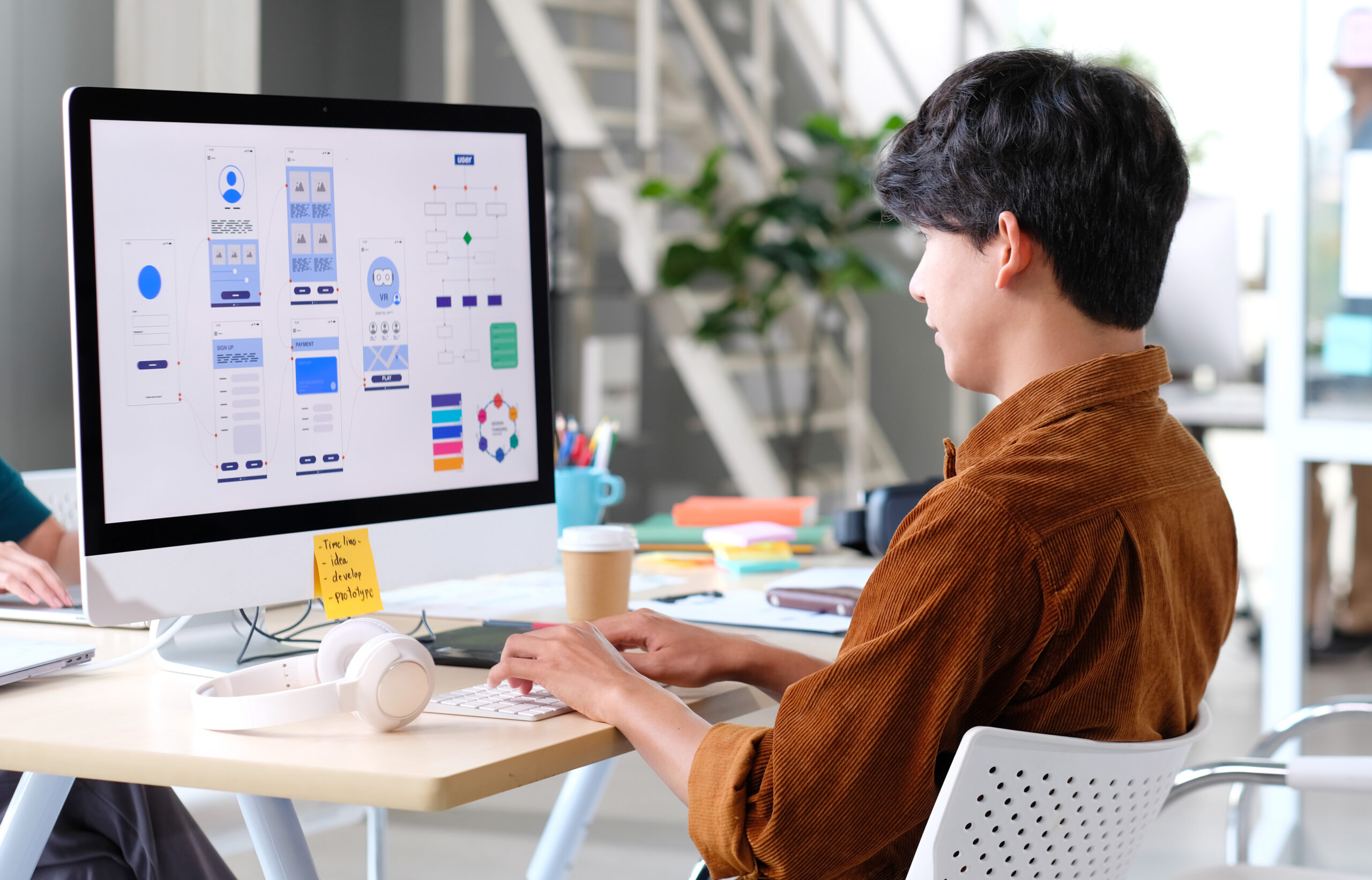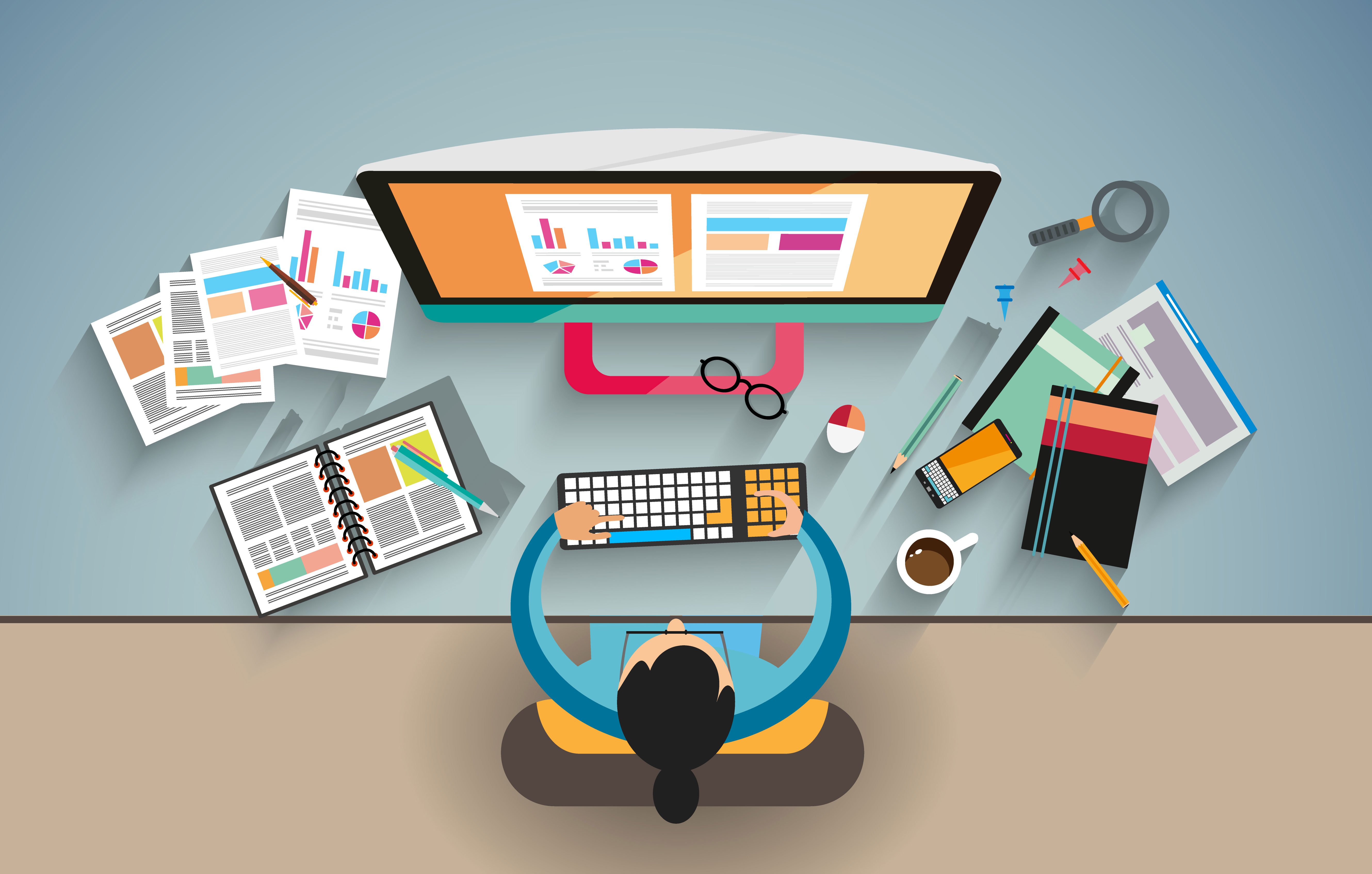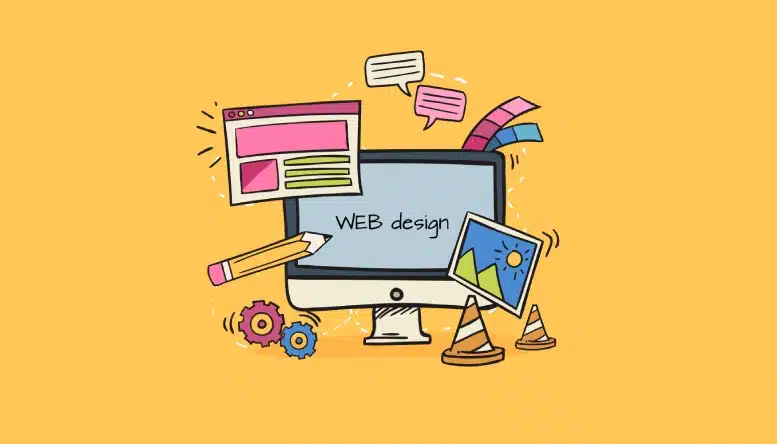Aligned Position Web Design: Creating Custom Websites That Drive Traffic and Increase Conversions
Aligned Position Web Design: Creating Custom Websites That Drive Traffic and Increase Conversions
Blog Article
The Most Effective Kinds Of Website Design to Improve Individual Experience and Engagement
In the ever-evolving landscape of electronic communication, the performance of Web style significantly impacts individual experience and involvement. Various design methods, such as minimalist, receptive, and interactive designs, each offer one-of-a-kind advantages that can provide to diverse user demands.
Minimal Website Design
As electronic landscapes come to be increasingly cluttered, minimal Web design has actually arised as an effective strategy to enhancing user experience. This design viewpoint prioritizes simpleness, concentrating on essential elements while eliminating unnecessary diversions. By utilizing ample white space, straightforward navigating, and a restricted color combination, minimalist layout fosters clarity and routes customer attention to vital web content.
The core concept of minimal Web design is to develop a seamless communication for individuals. By minimizing cognitive lots, customers can swiftly comprehend info without really feeling overwhelmed. This straight strategy not only boosts functionality but likewise encourages engagement, as visitors are most likely to explore a website that is very easy and aesthetically appealing to navigate.
Furthermore, minimalist layout commonly highlights typography and images, utilizing these elements purposefully to convey messages successfully. In essence, minimalist Web style is not simply a fad; it is a thoughtful method that identifies the significance of user-centered style.
Receptive Web Layout
In today's diverse digital environment, receptive Web design has actually ended up being necessary for creating a smooth user experience across a wide range of devices. As users gain access to web sites on smart devices, tablet computers, laptops, and desktops, the capacity of a website to adjust its design and material to various display sizes and resolutions is critical.
Responsive website design utilizes versatile grids, photos, and CSS media inquiries to ensure that Web material is offered efficiently, no matter the tool made use of. This strategy not only enhances the aesthetic appeal of a site but also considerably improves use. Individuals are most likely to engage with a site that supplies a constant experience, as it gets rid of the frustration of having to focus or scroll excessively.
Furthermore, internet search engine, consisting of Google, focus on mobile-friendly websites in search positions. By taking on responsive style, companies can boost their exposure and get to a broader target market. This method also simplifies internet site maintenance, as a single version of the website can accommodate all gadgets, minimizing the requirement for multiple versions. In summary, receptive website design is a basic practice that boosts customer experience, interaction, and overall fulfillment.
Interactive Website Design
Responsive website design lays the groundwork for boosting user experience, yet interactive website design takes this an action better by engaging users in a more dynamic means - Aligned Position Web Design. By including components such as computer animations, clickable models, and real-time responses, interactive website design mesmerizes customers, attracting them into a richer surfing experience
This strategy not just promotes involvement but likewise encourages customers to explore material actively as opposed over here to passively eating it. Strategies such as gamification, where users gain incentives for finishing jobs, can considerably improve the moment invested in a site and boost general fulfillment. Interactive attributes can streamline complicated information, making it much more digestible and pleasurable.

Including interactive design components can also bring about higher conversion prices, as individuals are much more most likely to involve with a website that proactively entails them. Aligned Position Web Design. Inevitably, interactive website design transforms individual experiences right into memorable journeys, making sure that site visitors return time and again
Apartment Layout
Characterized by its minimalistic technique, level style stresses simplicity and performance, removing away unneeded aspects and concentrating on crucial attributes. This style ideology focuses on functionality, making sure that customers can browse interfaces effortlessly and effectiveness. By utilizing a tidy visual, level layout eliminates the mess usually located in a lot more elaborate styles, thereby enhancing customer concentrate on web content and performance.
The trademark of flat layout hinges on its usage of vibrant shades, straightforward typography, visit and geometric shapes. These aspects contribute to an aesthetically enticing user interface that is both approachable and contemporary. Additionally, level layout fosters a sense of quality, enabling customers to determine necessary actions and details without disturbance.
In addition, flat style is especially effective in receptive website design, as its simplicity translates well throughout numerous tools and screen dimensions. The lack of elaborate structures and slopes decreases filling times, which is critical for preserving individual involvement. As digital landscapes proceed to evolve, flat layout continues to be a pertinent choice for producing user-friendly sites that improve total experience. By focusing on necessary attributes, level style not just meets user needs article however also motivates seamless interaction, making it a crucial component of reliable Web style techniques.
Flexible Website Design
Adaptive website design personalizes the user experience by producing multiple fixed designs tailored to various screen sizes and devices. Unlike receptive layout, which fluidly adjusts a single design, adaptive layout utilizes distinct layouts for particular breakpoints, guaranteeing ideal presentation on various platforms. This technique enables developers to concentrate on the unique characteristics of each device, improving use by providing precisely what individuals require based upon their context.
One of the key advantages of flexible website design is its capacity to optimize lots times and efficiency. By offering customized web content and images that fit the customer's device, websites can reduce information usage and improve loading speeds. This is especially valuable for users with slower links or minimal data plans.

Additionally, flexible design facilitates a more regulated and constant branding experience. Since designers create numerous formats, they can guarantee that the aesthetic components line up with the brand's identity throughout different platforms - Aligned Position Web Design. This leads to a natural customer experience, boosting engagement and promoting individual retention
Verdict
Minimalist design fosters clearness and focus, while receptive design guarantees adaptability across numerous tools, promoting ease of access. Collectively, these design approaches add to the production of easy to use environments that not just enhance fulfillment but additionally drive higher conversion prices, underscoring their critical importance in modern Web design methods.

Minimalist layout promotes quality and focus, while responsive layout ensures flexibility throughout numerous gadgets, promoting access. Jointly, these design comes close to contribute to the production of easy to use environments that not only boost fulfillment but additionally drive higher conversion rates, highlighting their crucial importance in modern Web layout approaches.
Report this page